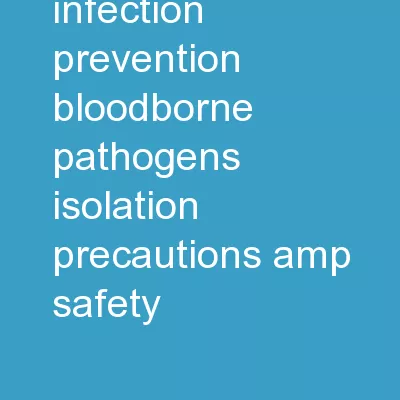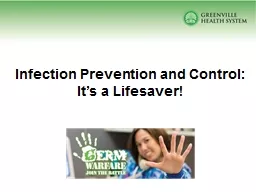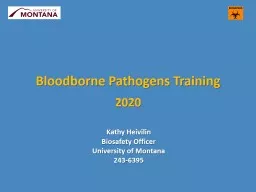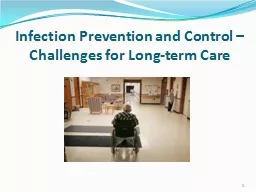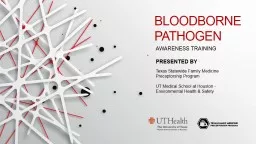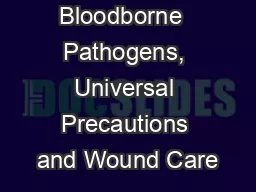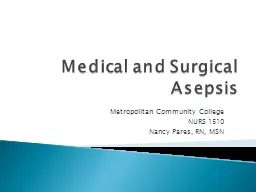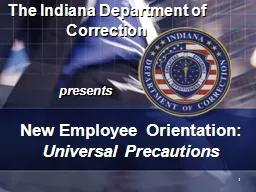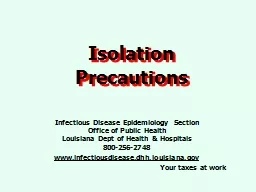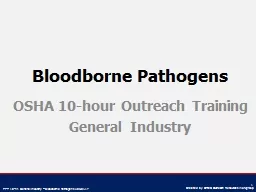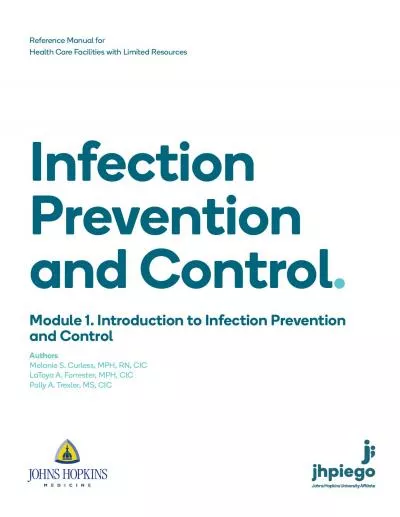PPT-LEARNING MODULE: INFECTION PREVENTION, BLOODBORNE PATHOGENS, ISOLATION PRECAUTIONS &
Author : natalia-silvester | Published Date : 2018-11-07
For Clinical Students and Instructors June 2017 Objectives At the completion of this learning module you should be able to Title is 3236pt Arial Identify basic
Presentation Embed Code
Download Presentation
Download Presentation The PPT/PDF document "LEARNING MODULE: INFECTION PREVENTION,..." is the property of its rightful owner. Permission is granted to download and print the materials on this website for personal, non-commercial use only, and to display it on your personal computer provided you do not modify the materials and that you retain all copyright notices contained in the materials. By downloading content from our website, you accept the terms of this agreement.
LEARNING MODULE: INFECTION PREVENTION, BLOODBORNE PATHOGENS, ISOLATION PRECAUTIONS &: Transcript
Download Rules Of Document
"LEARNING MODULE: INFECTION PREVENTION, BLOODBORNE PATHOGENS, ISOLATION PRECAUTIONS &"The content belongs to its owner. You may download and print it for personal use, without modification, and keep all copyright notices. By downloading, you agree to these terms.
Related Documents

